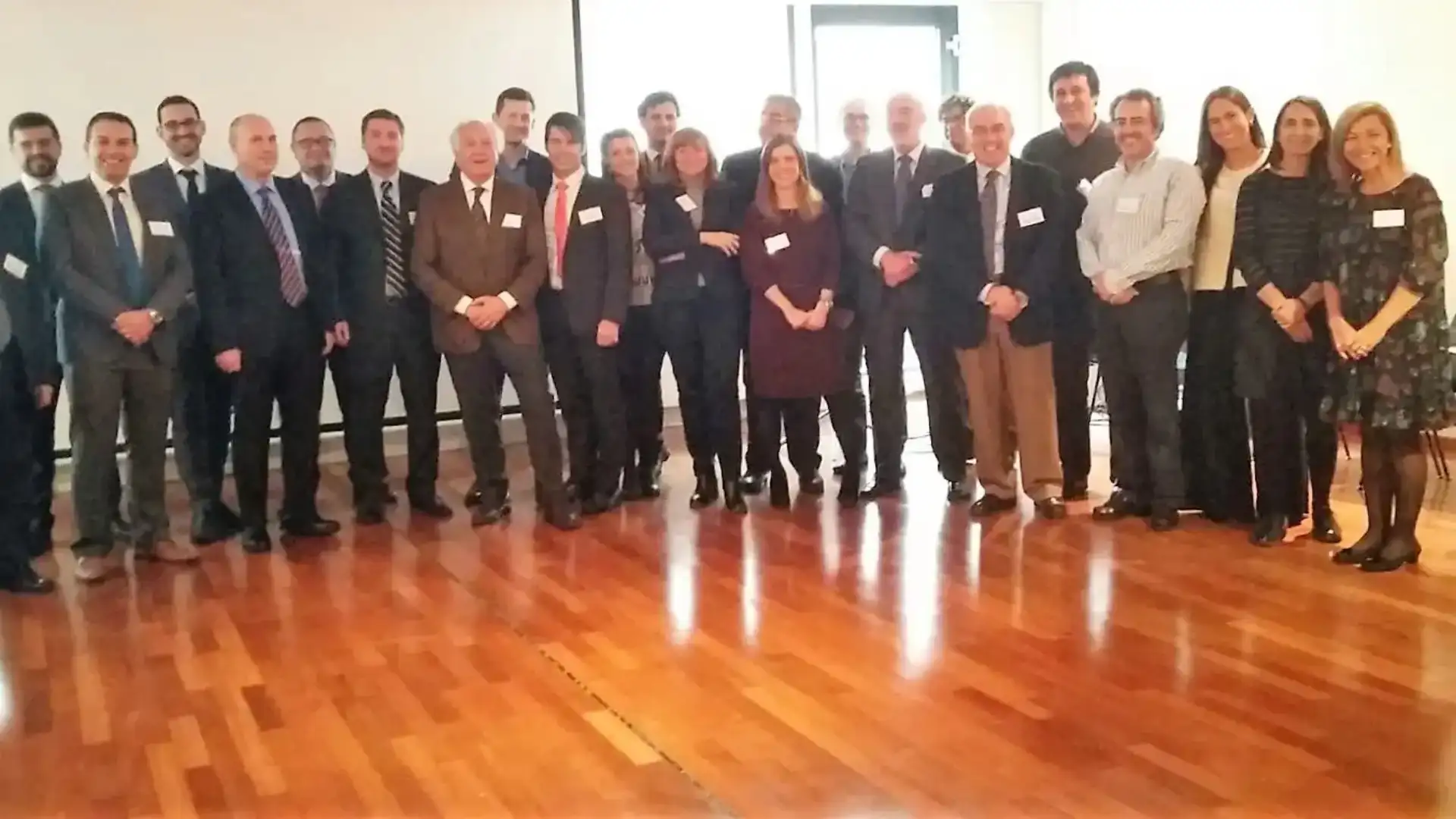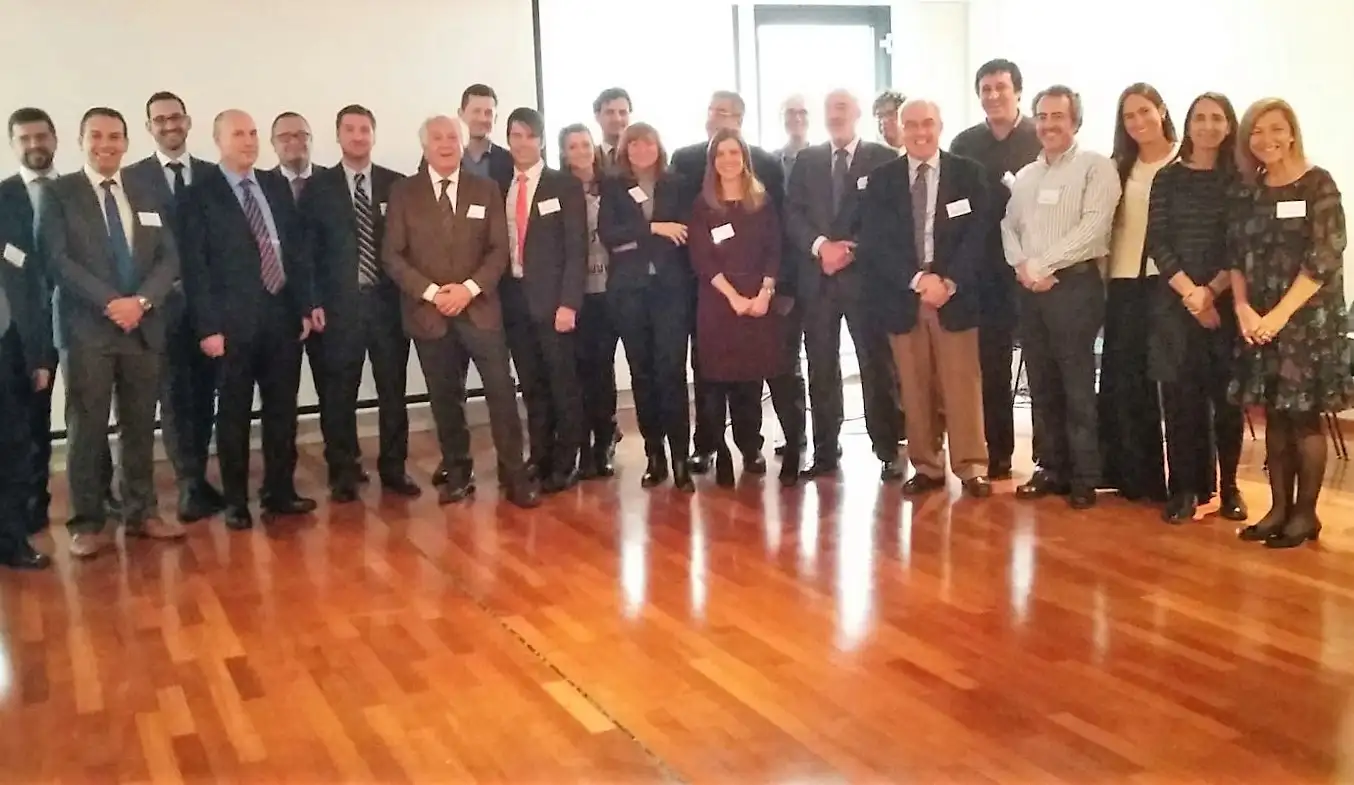
Sasemar leads the "Picasso Project" with European funding
Sasemar leads the "Picasso Project" with European funding
This project, aimed at improving maritime safety, through the training and development of new technologies, has 14 partners from nine countries (Cyprus, Spain, Greece, Israel, Italy, Malta, United Kingdom, Sweden and Portugal), and is led by Maritime Rescue.
The name of the project, in addition to reminding us of the extraordinary Malaysian painter, is an acronym in English that sums up the project's goal: To prevent incidents and accidents for safer ships in the oceans. Picasso has a budget of 3.8 million euros and is part of the overall objective of developing the motorways of the sea in the European Union, in line with Community maritime transport policies.
It was approved in July 2016 and is scheduled to end in July 2018. The action will be carried out mainly through three activities:
- Safety on land and on board ships
- Development of technological tools to improve the safety of maritime activity through the exchange of information between port and ship agents or the development of remote control vehicles
- Emergency simulation
- Application of solutions to make emergency response faster and more efficient
- Mass evacuation exercises in port
- Training and human factor
On this point, staff training is a key element in preventing maritime accidents. In this regard, new tools will be used and specialized fire control courses will be developed on board ships or crisis management in the port area, among others. The Jovellanos Training Centre, dependent on the Maritime Rescue, will play a very important role in this activity.
A pioneering system for automatic searches in "water man" cases will also be launched. For this purpose, a sensor with an integrated algorithm will be embarked on aircraft to automatically detect small objects on the surface of the sea, sending the possible targets identified to rescue coordination centres in real time.
© 2024 Nautica Digital Europe - www.nauticadigital.eu












